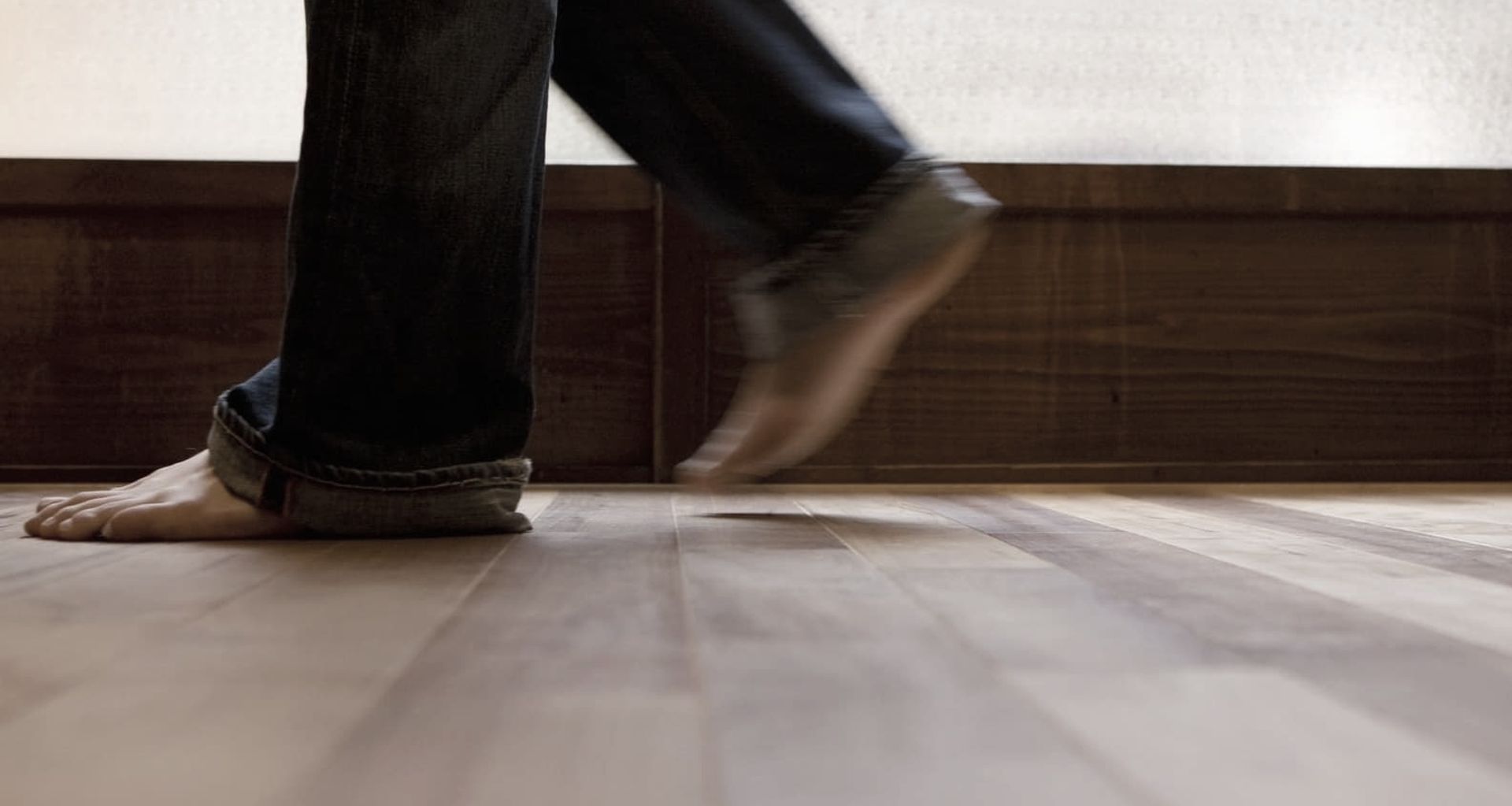Engineered Flooring Is Tailor Made For Humid Conditions


To explain why, we need to look at one of the main differences between hardwood flooring and engineered flooring. Hardwood flooring is a natural product which responds to variations in humidity from summer to winter. What this means is that even though the wood has been dried, cut, and processed into a flooring material, it may expand or contract because of moisture. This is most noticeable during our warm and humid New Zealand summers when hardwood flooring expands. On the other side of the coin, during the drier conditions we experience at times during the year, hardwood flooring contracts. As a natural product, that’s to be expected and shrinkage, warping or cupping can be the result.
On the other hand, engineered flooring comes into its own when moisture levels increase and decrease. They’re naturally beautiful on top thanks to the hardwood layer, but because they’re specially engineered and manufactured below, they have a much-increased resistance to higher and lower moisture levels than solid wood flooring. This means our engineered flooring products are far less susceptible to shrinkage, warping or cupping which makes them just right for homes and commercial buildings in some of New Zealand’s most humid areas.
Hardwood flooring still has its loyal supporters, and it’s easy to see why. It is an undeniably beautiful surface. But thanks to the hardwood layer on top, engineered flooring can be just as beautiful. Once it is installed, you can’t tell the difference between the two. However, over time, you might notice a difference as the hardwood floor expands and contracts and looks worse for wear as a result. On the other hand, there’s every chance that engineered flooring will look as good as it did the day it was installed.
